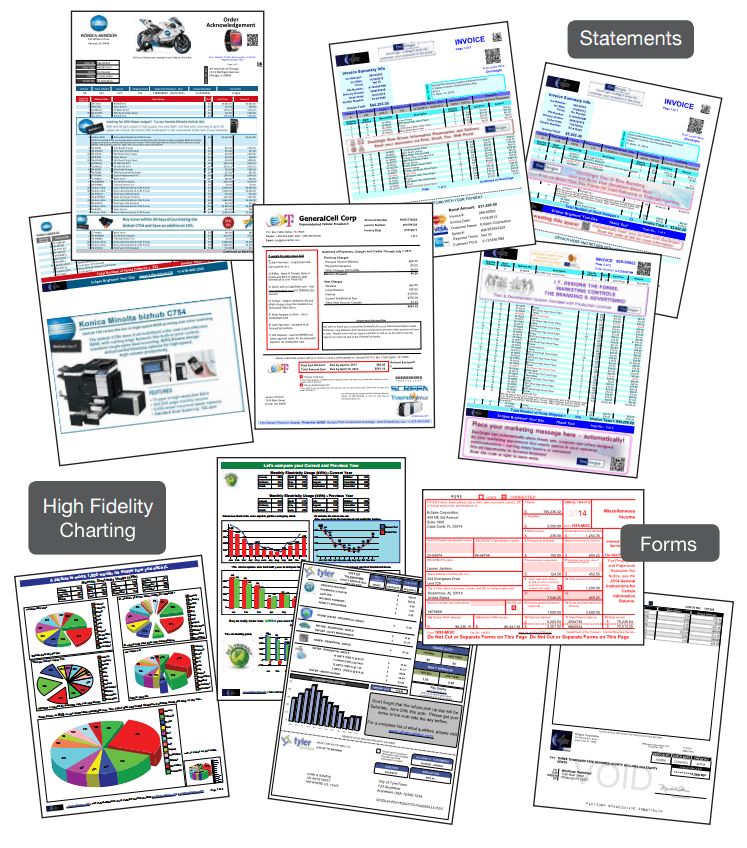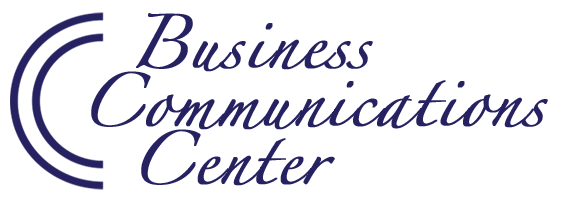Guest Blog: Know your “Document Constituency”
By Kevin Craine Question: What is the one single thing that can stop business cold, yet no one is in charge? Answer: Documents. Pick any key business activity in any organization, in any industry, and you can bet that documents are essential to getting the job done. But while many organizations have a “chief information officer,” few have a “chief document officer,” or a “chief experience officer.” Without this centralized responsibility, how can you design meaningful strategies and spur innovation that will make a difference? For any document, it is possible to identify a “document constituency” – the people who influence the document process. Collectively, these people are in charge. And since we create documents to be used by people, it stands to reason that the people who create, use and care about your documents are the best people to provide the finer points of navigation within your strategy. These same people need to have the ability to control the presentation of the document campaigns without IT involvement, without scripting or modification of the core business software. The Document Constituency The people who make up your document constituency are the people who use your documents, have responsibility for their existence and have a stake in how well they perform. Chances are, you already know many of the people who make up your document constituency. But there may be other people whose membership is not immediately apparent. You can identify members of your document constituency by using these four categories: Each of these people has a different set of needs, expectations and constraints. Document authors are concerned about what a document says and how readers will react. An author could be an individual, a team or an entire department. Corporate documents often contain information from various sources and are authored by several different departments who may, or may not, be working in concert. Regardless, each has a common objective to convert information into action and to ensure that the right message is effectively communicated to a reader. Document producers are the individuals, work groups, departments, or vendors who provide the “output” of your information systems. It is impossible to meet the needs of the other members of your document constituency, if the needs of your producers are not met. Producers need the right information from the right sources at the right time, as well as the right staffing and equipment in order to produce documents with acceptable quality, timeliness and cost. Document stakeholders are customers of document performance. They are concerned with both the strategic and tactical aspects of your documents. Stakeholders might include marketing executives concerned about whether consumers will purchase a product or receive relevant information, financial officers concerned about how quickly they will pay, or divisional vice presidents concerned about the costs involved with document production. Other stakeholders might include government regulators, internal auditors or corporate legal counsel. Document readers are the audience of your documents. They are the people who react and respond to the information contained in your documents. Reader reaction is the litmus test of any document’s performance, so how information is converted into action is high on the list of concerns for both authors and stakeholders. As a result, the expectations and requirements of readers are of top importance. Readers may be internal or external, i.e. communications with customers, partners, employees or vendors. Getting the reaction or response you want from your readers is the primary objective of the document. Know your Document Constituency It is easy to become enamored with technology. But in the end, people are the reason documents are produced. It seems reasonable, therefore, that the people who populate the document process are the best people to improve the process. Knowing your document constituency and understanding their needs and objectives will bring about more meaningful and lasting benefits. Kevin Craine is the author of the book “Designing a Document Strategy” and host of “Everyday MBA “on C-Suite Radio. He was recently named the #1 ECM Influencer to follow on Twitter. For more information, visit CraineGroup.com.
Read More






